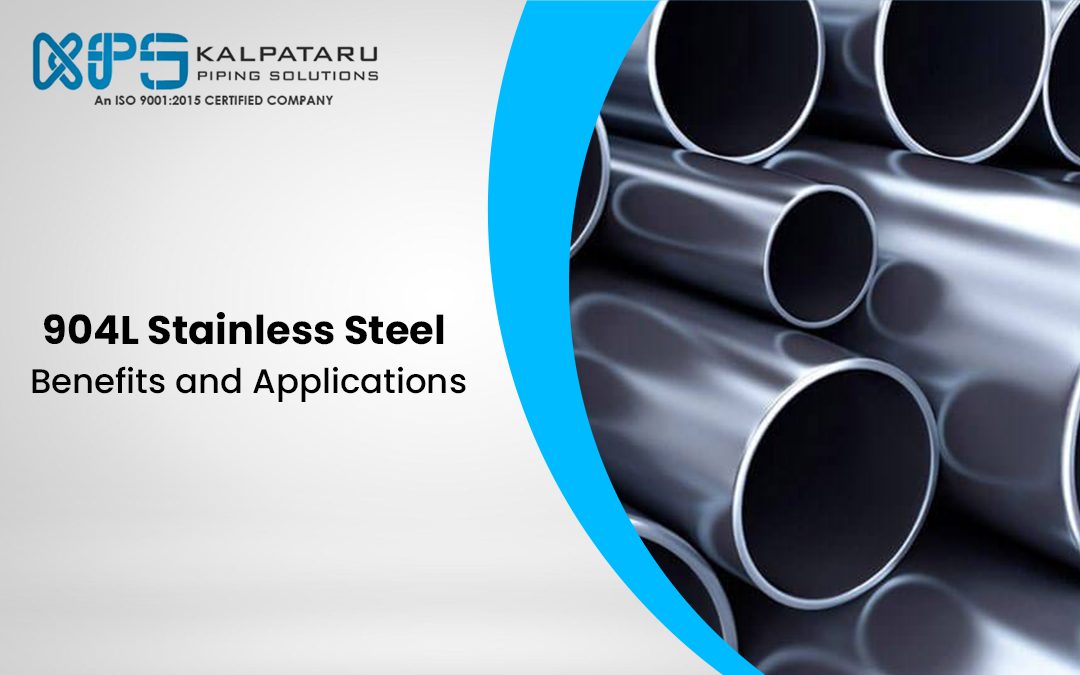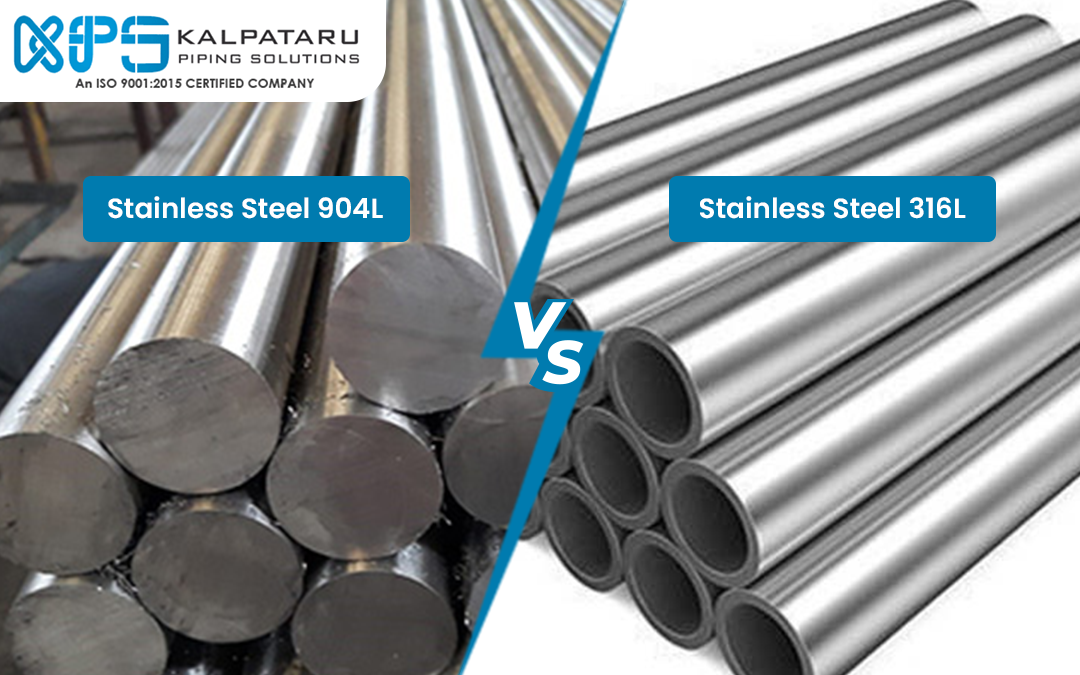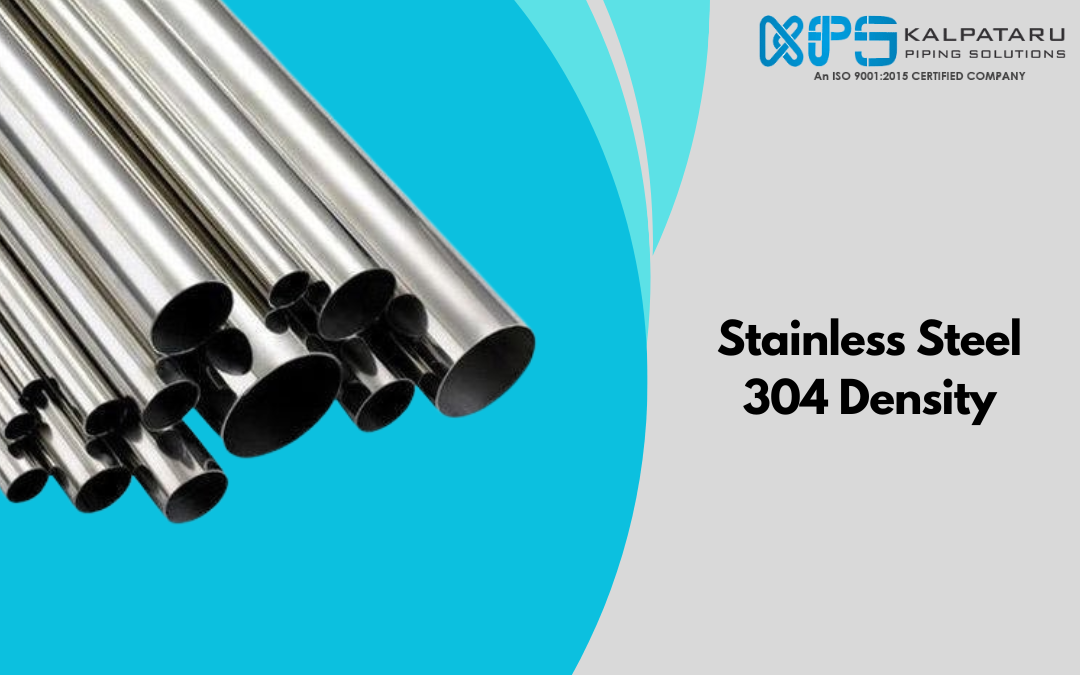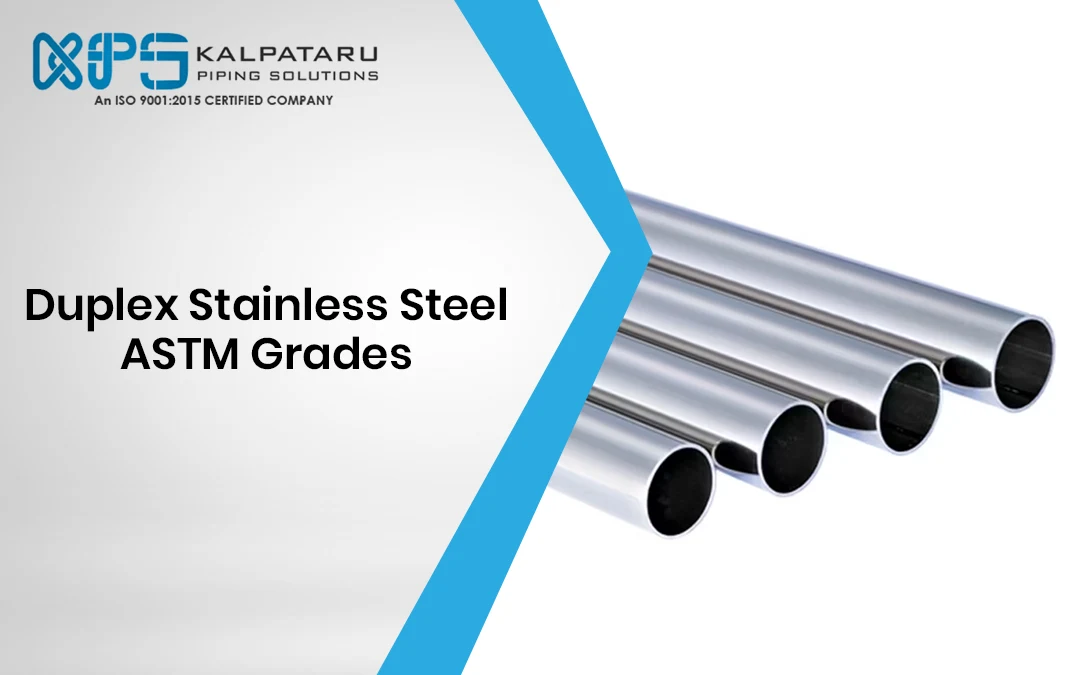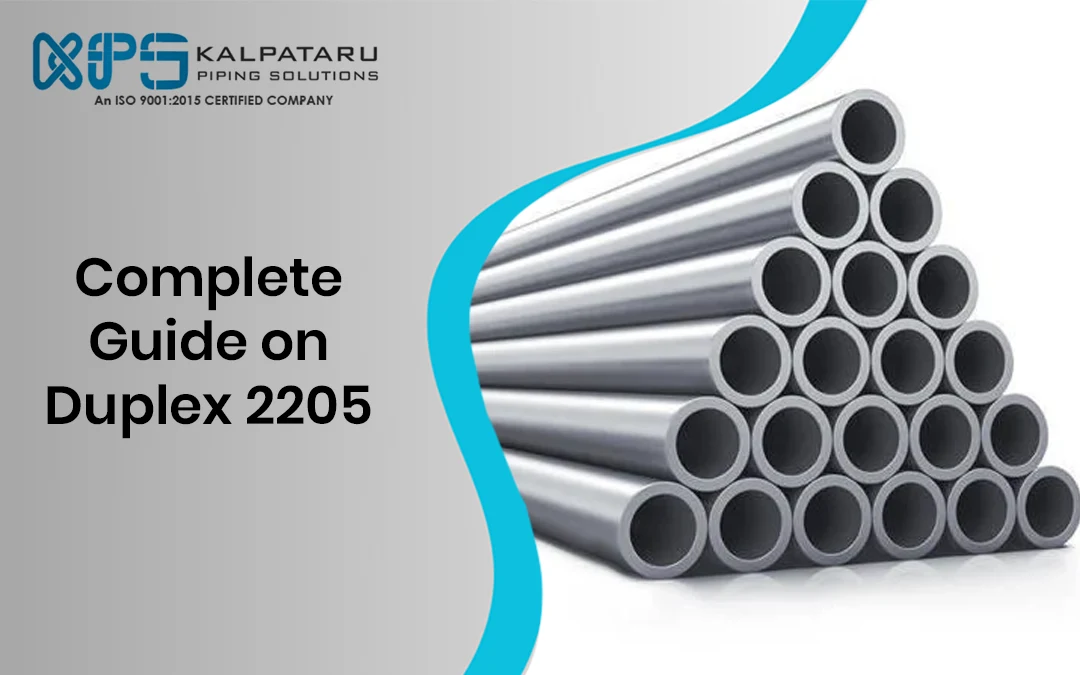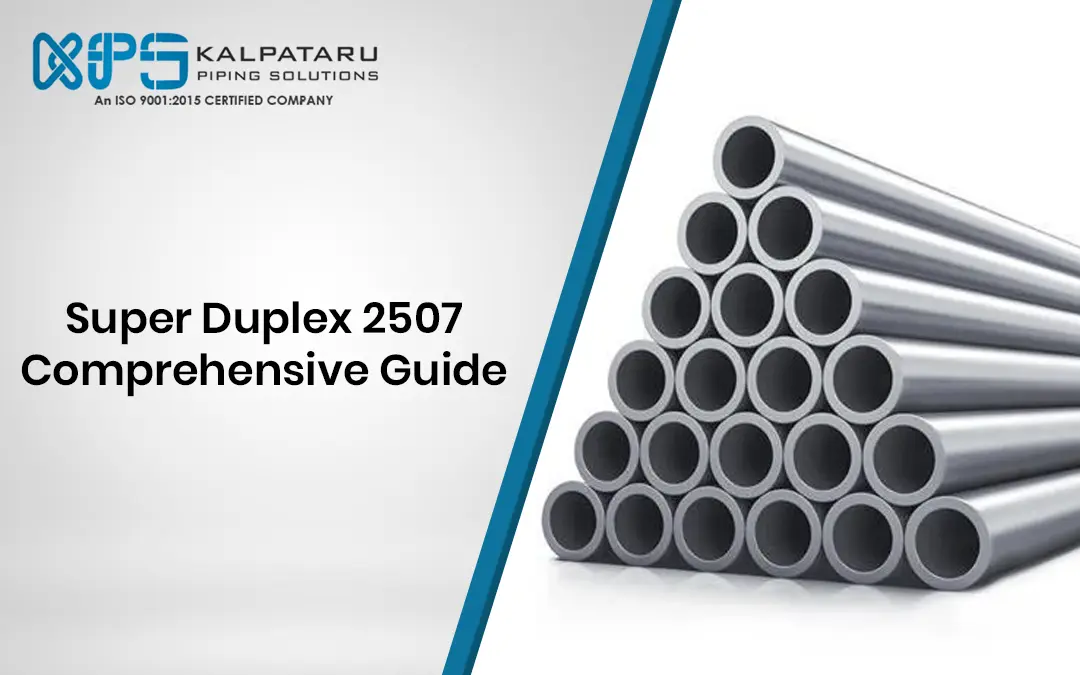Choosing the right steel for your project often comes down to duplex steel and stainless steel. While both are strong and resistant to corrosion, they have unique differences. Duplex steel combines austenitic and ferritic structures, offering higher strength and better resistance to stress corrosion. Stainless steel, available in many grades, is versatile and widely used across industries.
This blog will explain the key differences, helping you decide which material suits your needs best for durability and performance.
What is duplex stainless steel?
Duplex steel, also known as duplex stainless steel, is a type of stainless steel with a unique two-phase microstructure composed of austenite (face-centered cubic lattice) and ferrite (body-centered cubic lattice) in roughly equal proportions. This structure provides duplex steel with exceptional strength and superior corrosion resistance compared to standard austenitic stainless steels like Type 304 or 316. It is specifically designed to resist chloride stress corrosion and chloride pitting corrosion, making it ideal for environments with high chloride exposure.
Duplex steel has a higher chromium content (20–28%), molybdenum (up to 5%), and nitrogen (0.05 — 0.50%) while maintaining a lower nickel content (up to 9%) compared to austenitic grades. These elements enhance its durability and reduce costs. Its high strength allows for thinner sections, further improving cost efficiency. Widely used in the offshore oil and gas industry, petrochemical pipelines, and marine applications, duplex steel combines improved corrosion resistance, higher strength, and affordability, making it a preferred choice for demanding industrial applications.
What is stainless steel?
Duplex Steel vs Stainless Steel: A Comparison
| Property | Duplex Steel | Stainless Steel |
| Strength | Nearly twice the strength of stainless steel | Moderate strength depends on the range |
| Corrosion Resistance | Superior in chloride-rich environments | Effective, but less resistant to chlorides |
| Stress Corrosion Cracking | Highly resistant | Prone to cracking in chloride environments |
| Cost | More cost-effective for high-performance applications | Higher cost for high-grade options like 316 |
| Fabrication | Requires expertise in welding and shaping | Easier to fabricate and weld |
Galvanic Corrosion Between Stainless Steel and Duplex Stainless Steel
Duplex stainless steel offers significantly better corrosion resistance compared to standard stainless steel, especially in highly corrosive environments. While austenitic stainless steel grades like 316 can handle high levels of chlorides, they are less effective against acids. Duplex stainless steel, on the other hand, provides superior resistance to chlorides, acids, reducing agents, and oxidizing agents, making it a more reliable choice for demanding conditions.
The corrosion resistance of duplex stainless steel is higher than most austenitic grades, ensuring better performance in environments with harsh chemicals. However, for extremely aggressive applications, such as in acid production plants, more specialized materials like Hastelloy are often required due to their unparalleled corrosion resistance and versatility.
Pickling and Passivation of Duplex and Stainless Steel
Passivation is a natural phenomenon that occurs in stainless steel with high chromium content. Duplex stainless steel, with chromium levels ranging from 19% to 32%, naturally forms a passivated oxide layer on its surface, which protects it from corrosion. This self-repairing layer is crucial for the durability and corrosion resistance of duplex stainless steel. In contrast, some stainless steel alloys with lower chromium content cannot form this protective layer, leaving them vulnerable to oxidation and corrosion. However, these alloys can undergo passivation treatments to enhance their corrosion resistance by artificially forming the oxide layer.
Pickling, on the other hand, is a chemical process used to remove surface scales and impurities caused by exposure to high temperatures or adjacent chromium layers. It involves the application of chemical solutions, typically containing nitric acid (HNO3) and hydrofluoric acid (HF), to clean the surface of stainless steel. Unlike mechanical methods, which can damage the metal’s surface, chemical pickling effectively removes unwanted layers without harming the material. This process not only improves the appearance of the metal but also enhances its corrosion resistance by preparing the surface for a more effective passivation layer.
Both pickling and passivation are essential treatments for maintaining the integrity and performance of duplex and stainless steel, especially in demanding applications where corrosion resistance is critical.
Advantages of Duplex and Stainless Steel
The advantages of duplex stainless steel depend on its composition and the specific application. Duplex stainless steel offers excellent corrosion resistance and high mechanical strength, outperforming many standard stainless steel grades. Its dual-phase structure combines the best properties of ferritic and austenitic stainless steels, providing superior durability and resistance to stress corrosion cracking. While its highly alloyed nature can make it more cost-effective compared to premium grades like 904L, duplex stainless steel also delivers exceptional performance in challenging environments. However, like other stainless steels, it has limitations at extreme temperatures, with reduced impact resistance below -50°C and limited usability at very high temperatures compared to nickel alloys.
Conclusion
Choosing the right steel depends on your project’s specific needs. Duplex stainless steel offers great strength, excellent corrosion resistance, and cost savings, making it a perfect fit for challenging environments. Stainless steel, on the other hand, is versatile and works well for a variety of everyday applications. At Kalpataru Piping Solutions, we understand the importance of choosing the right material and are committed to helping you find the best option for your project.
FAQs
Is duplex stainless steel better than stainless steel?
Duplex stainless steels were developed to overcome some limitations of traditional stainless steel grades, such as the popular 304 and 316 types. Compared to these conventional stainless steels, duplex stainless steels exhibit superior mechanical properties—especially regarding strength and toughness.
Is duplex stainless steel more expensive?
The price of duplex pipe fittings is more expensive than that of 316 stainless steel pipe fittings. We supply both duplex 2205 and 316 SS pipe and fittings, you are welcome to contact us if there are any requirements.
What is another name for duplex stainless steel?
Duplex stainless steels are a family of stainless steels. These are called duplex (or austenitic-ferritic) grades because their metallurgical structure consists of two phases, austenite (face-centered cubic lattice) and ferrite (body-centered cubic lattice) in roughly equal proportions.


